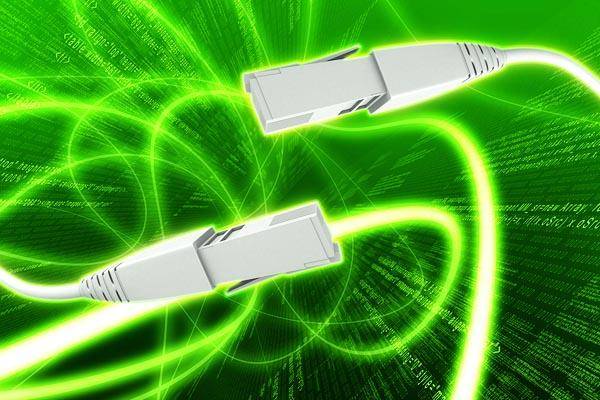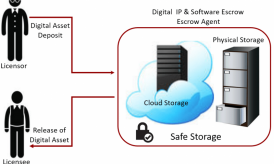No, this is not about you stripping naked to get better broadband in Australia. This is a lively discussion about naked broadband — that is, a service delivery type for an ADSL2+ connection that’s provided without the bundled-in branded smartphone and tablet or the multifunctional phone unit that takes voice mail messages and sends SMS to mobiles.
Let’s admit it, though. That phone and other equipment increase the overall value of a broadband plan. In fact, many customers probably chose that Internet plan because of those bonus devices.
You Don’t Have to Spend More on Your Broadband
However, the use of a mobile or land based phone surely adds call and text messaging charges to your monthly Internet bill. Naturally, this type of broadband service appears impractical to those users with no need for a home phone or some other device. When this applies to you as a consumer, you may request the carrier company for a naked broadband specifically. As a result, a bundled plan worth $80 now costs only $50 every month although it has the same caps for data consumption and subscription periods.
You’re Stripping Away Obsolete or Incompatible Technology
When you choose a naked broadband plan, you generally forego the use of the following devices, which require a dial-tone to connect to a 3G network:
# Home phones and fax machines that depend on copper-made phone lines to send and receive voice calls and printed messages
# Any Back-to-Base alarm system that immediately sends a recorded voice message to the monitoring centre’s phones or the homeowner’s mobile phone during a security breach
# Electronic Funds POS machines connected to an external network of payment kiosks at stores, ATM machines of local banks, and financial database of international banks
# A private automated business exchange or PABX used to connect the phone lines between corporate offices
# Dial-up surveillance cameras that use a standard phone line connection where Internet access isn’t available all the time
# A 56K dial-up modem, which may be rare now, but many people still use to connect certain devices to the Internet gateway
# Digital Pay TV, which uses the broadband network to receive broadcasts of free TV and cable shows. Alternative modes of catching these airborne signals include an aerial receiver attached to a set-top box or a satellite dish connected to the TV screen through cable wires with a copper core.
When you don’t see yourself using any of these machines in the near future, you should get a broadband-only plan. Your phone line remains within the network even after it gets cut off from your broadband connection. You’ll likely experience signal interference when you access the web during a thunder storm. Also, you certainly won’t be able to use the phone number assigned to you.
You’re Simplifying Your Work and Adding Flexibility to Your Plan
With only your desktop or laptop connected to the web, you can send emails, chat with other people, take photos using the PC camera, and even make a video call via Skype to any person in the world. All you need is either a pair of speakers or a set of headphones with a microphone connected to your computer. Other computer peripherals required for a business communications center include a printer that also doubles as a scanner and fax machine.
Finally, a naked broadband connection with enough data capacity is the only thing you’ll need to get into the World Wide Web. Not all plans offer the same data allowances and period lengths, however. The tiered structure of most broadband plans allows light web users to pay only for their level of Internet consumption. Thus, a heavy user has to pay more for a capped plan that has a higher data limit and a longer period of use.
















